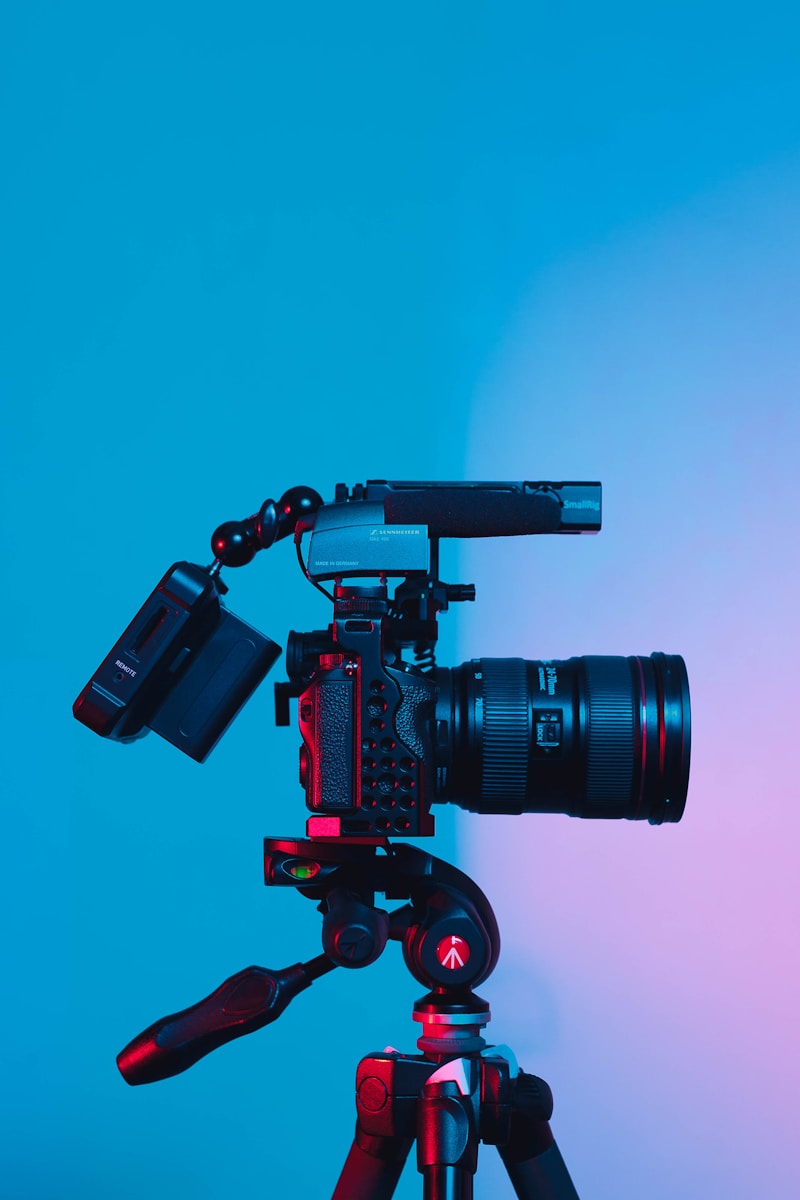Twitter has introduced a range of changes to the way its service handles image sizes in mobile user feeds and this has resulted in a more robust platform for photographers and digital media creators.

And now we’re starting to get some idea about what helped motivate this shift, one that was long-requested but never really a priority for the service even as Instagram and others rose in prominence.
Recently released research published on Cornell’s arXiv.org website from Kyra Yee, Uthaipon Tantipongpipat, Shubhanshu Mishra titled “Image Cropping on Twitter: Fairness Metrics, their Limitations, and the Importance of Representation, Design, and Agency” seems to confirm what internal research at Twitter also revealed.
A highly-touted photo cropping tool powered by artificial intelligence exhibited distinct biases in operation including a prominent example involving former US President Barack Obama and US Senator Mitch McConnell. When given a photo featuring Barack Obama at the top and Mitch McConnell on the bottom, separated by a gulf of white space in between, the AI-based cropping tool chose McConnell in both instances over the first-ever African American President of the United States even when their positioning was reversed.
The synopsis of Yee, Tantipongpipat, and Mishra’s research explains how Twitter’s AI tool worked and what its results were in reality:
“Twitter uses machine learning to crop images, where crops are centered around the part predicted to be the most salient. In fall 2020, Twitter users raised concerns that the automated image cropping system on Twitter favored light-skinned over dark-skinned individuals, as well as concerns that the system favored cropping woman's bodies instead of their heads. In order to address these concerns, we conduct an extensive analysis using formalized group fairness metrics.”
Advocating for a new way forward, the synopsis continues:
“We find systematic disparities in cropping and identify contributing factors, including the fact that the cropping based on the single most salient point can amplify the disparities. However, we demonstrate that formalized fairness metrics and quantitative analysis on their own are insufficient for capturing the risk of representational harm in automatic cropping. We suggest the removal of saliency-based cropping in favor of a solution that better preserves user agency. For developing a new solution that sufficiently address concerns related to representational harm, our critique motivates a combination of quantitative and qualitative methods that include human-centered design.”
As a result of some of these findings, Twitter software engineering director Rumman Chowdhury said the decision was made to turn cropping back over to the platform’s users, ““We considered the tradeoffs between the speed and consistency of automated cropping with the potential risks we saw in this research…One of our conclusions is that not everything on Twitter is a good candidate for an algorithm, and in this case, how to crop an image is a decision best made by people.”
Do you use Twitter in your work as a photographer? What do you think of the recent changes to photo sizes on the service? Let us know your thoughts on Twitter as a platform for photographers in the comments if you like.
Don’t forget to check out our other photography news on Light Stalking at this link right here.




